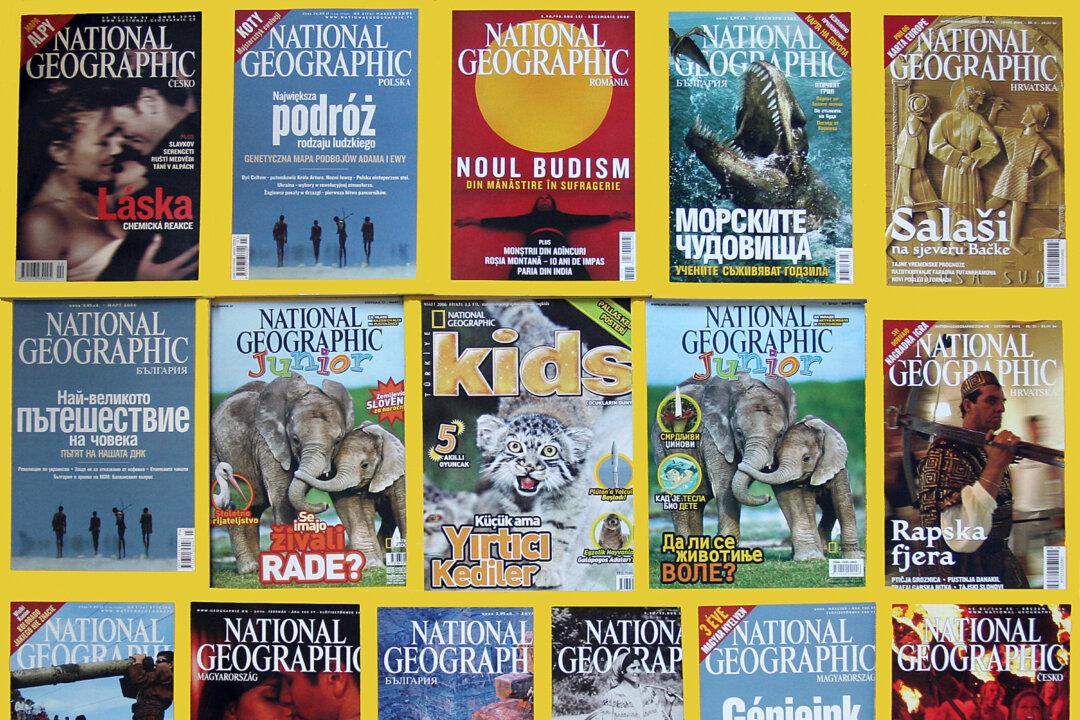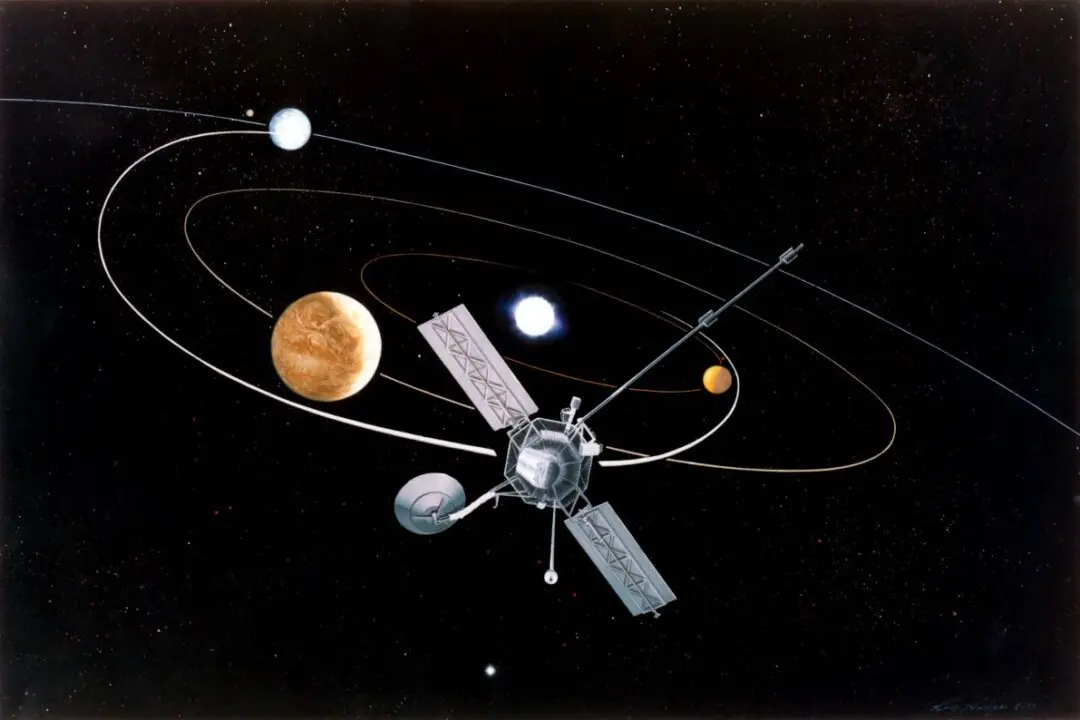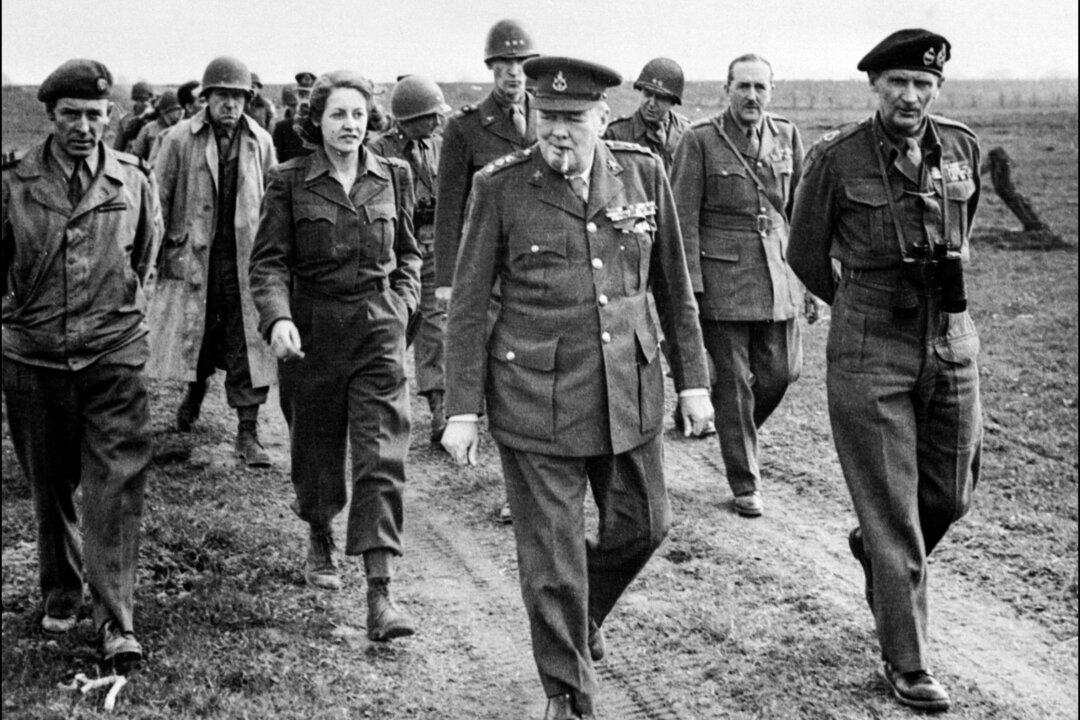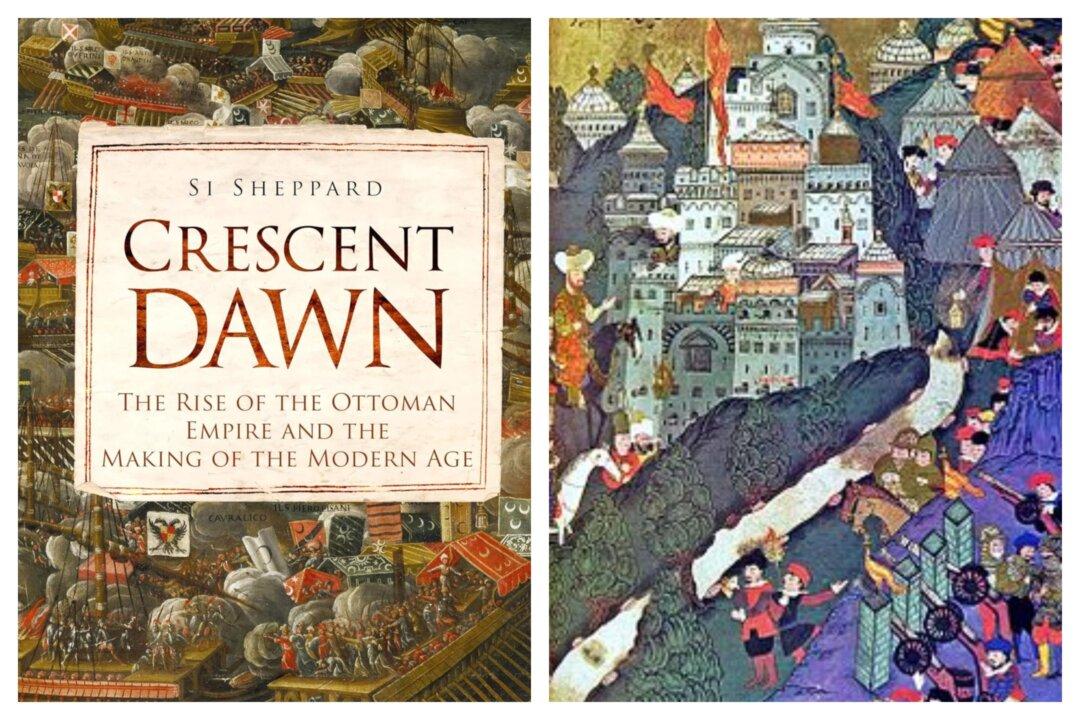The 19th century was the age of significant discoveries, industries, and inventions. It introduced the railroad, the steamship, electricity, the telephone, the lightbulb, and the car, and brought back news of far away islands, a seventh continent, and a seemingly endless supply of newly discovered species of plants and animals. Nations around the globe, especially those of an imperial standard, like Great Britain, France, Russia, and Germany, produces explorers, scientists, and adventurers.
On Dec. 15, 1821, at the Hôtel de Ville, the location of the Paris City Council, it was busy as usual. But on this day, it was busy for a rather exceptional reason. Two hundred and seventeen of France’s brightest minds, including several foreigners, assembled with the objective of pursuing and promoting the world’s knowledge, in all its physical forms. Led by the likes of Pierre-Simon, Marquis de Laplace; Claude Louis Berthollet; François-René de Chateaubriand; and Jules Paul Benjamin Delessert, the world’s first geographical society was formed.






